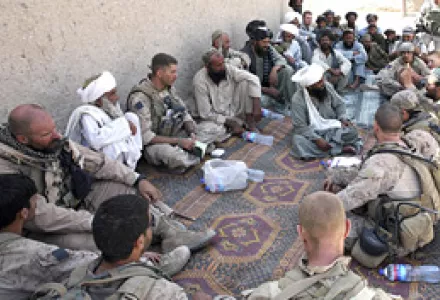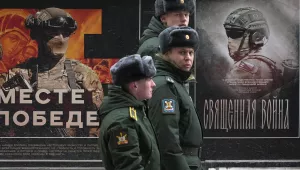Insurgency poses a particularly difficult problem for a state because its armed adversary mingles invisibly with the populace. Indeed, the guerrillas belong to the populace and demand political change on its behalf. Despite the state's preponderance of power, states decisively defeat insurgencies less than half of the time.
Under what conditions do states succeed? The conventional wisdom, the hearts-and-minds or population-centric approach to counterinsurgency (COIN), prescribes winning the allegiance of the great majority of the populace by strictly limiting the use of force to avoid civilian casualties, protecting the populace from insurgent violence, and building state institutions to provide good governance and economic development. Empirically, however, there are multiple paths to success in COIN. What links these approaches is the state's focus on doing quite a lot of fighting and relatively little reforming. Successful COIN cases post-1945 include less sensitivity to civilian casualties than the conventional wisdom prescribes, including the targeting of civilians; they include large conventional operations as well as small unit missions; they include the use of air power and artillery; they include significant development of the state's security arm and far less development of other organs of the state; and they include limited political accommodations unlikely to threaten the distribution of power. These findings raise questions about U.S. COIN doctrine and the efficacy of its application in Afghanistan.
Please join us! Coffee and tea provided. Everyone is welcome, but admittance will be on a first come–first served basis.



